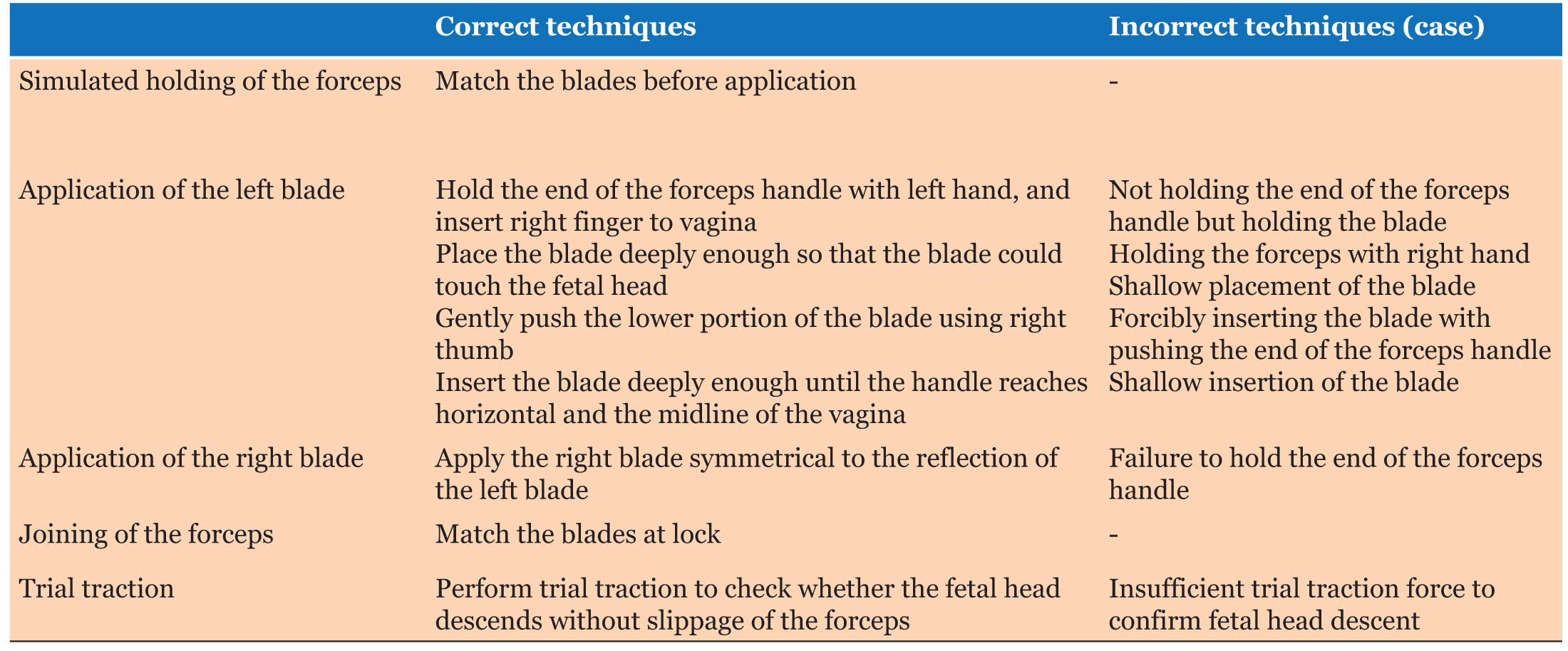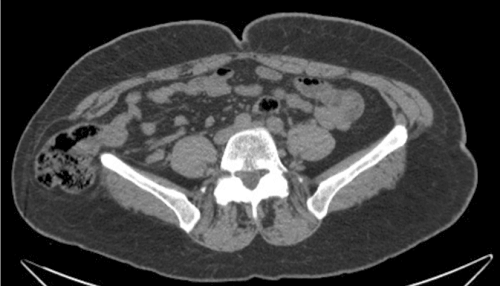Original Article
Minimally invasive endoscopic septoplasty
1 ENT Department Head, CHU Tivoli , ULB La Louvière, Belgium
2 Resident Department, CHU Tivoli , ULB La Louvière , Belgium
3 Assistant Department, CHU Tivoli, ULB La Louvière, Belgium
Address correspondence to:
Pierre-François Dolhen
ENT Department Head , CHU Tivoli , ULB La Louvière
Belgium
Message to Corresponding Author
Article ID: 100002VAM08PD2018
doi: 10.5348/100001VAM08PD2018OA
Access full text article on other devices

Access PDF of article on other devices

How to cite this article
Dolhen P, Lipski S, Noel A. Minimally invasive endoscopic septoplasty. Video J Clin Res 2018;1:100002VAM08PD2018.Abstract
This paper analyzes a retrospective study of 131 consecutive cases septoplasties performed using our endoscopic procedure. Clarification and new definitions of endoscopic septoplasty approaches are emphasized: Trans-Nasal Endoscopic Septoplasty (TNES) with an endoscope into the nasal fossa and Trans-Septal Endoscopic septoplasty (TSES) with an endoscope into the septal pocket. The patient’s cohort is selected for treatment of persistent nasal obstruction and septal deviation needing surgery. The procedure is carried out on a well-defined homogenous population. Additional actions on inferior turbinate, rhinopharynx, or external procedures for columellar deformities are performed to obtain a free symetric nasal pathway. Most of our surgeries (98%) is carried out endoscopically alone and only 2% of cases necessitated “hybrid” non-endoscopic adjuvant surgery to treat septo-columellar and other major caudal septal deformities as valve surgery. In the studied population, we observed 89% of significant posterior deformities, not only septal. Subjective evaluation of the nasal obstruction is achieved by using a simplified NOSE Scaling (sNOSE) giving an 87.8% satisfaction rate. Results showed a low level of complications such as perforation, hematoma or synechia, confirming the minimally invasive denomination of this procedure (MIES) with minimal operation time, in particular with TNES. Endoscopic Septoplasty (ES) had major advantages in Classical Headlight Septoplasty (HLS), such as enhancing the visualization of posterior nasal region and better final visual evaluation of the global nasal permeability. We recommend Minimal Invasive Endoscopic Septoplasty (MIES) to improve results, minimize complications, and to improve the pedagogic impact of the procedure. Video material illustrates the endoscopic procedures; moreover, ongoing developments in ultra-high, 4K, 4KHDR definition further emphasizes these advantages.
Keywords: Minimally invasive endoscopic septoplasty, Nasal obstruction, Septal deviation, Septoplasty, Trans-Nasal endoscopic septoplasty, Trans-Septal endoscopic septoplasty
Supporting Information
Author Contributions:
Pierre-François Dolhen - Substantial contributions to conception and design, Acquisition of data, Analysis of data, Interpretation of data, Drafting the article, Revising it critically for important intellectual content, Final approval of the version to be published
Samuel Lipski - Substantial contributions to conception and design, Acquisition of data, Analysis of data, Interpretation of data, Drafting the article, Revising it critically for important intellectual content, Final approval of the version to be published
Antoine Noel - Substantial contributions to conception and design, Acquisition of data, Analysis of data, Interpretation of data, Drafting the article, Revising it critically for important intellectual content, Final approval of the version to be published
Consent For Publication:Written informed consent was obtained from the patient for publication of this study.





